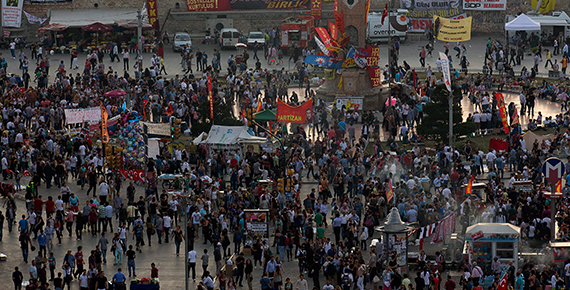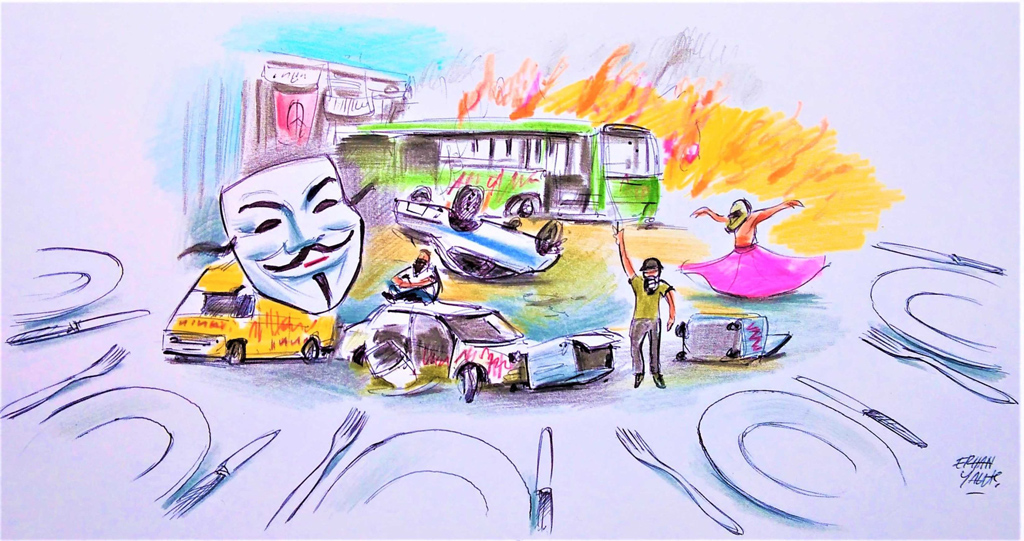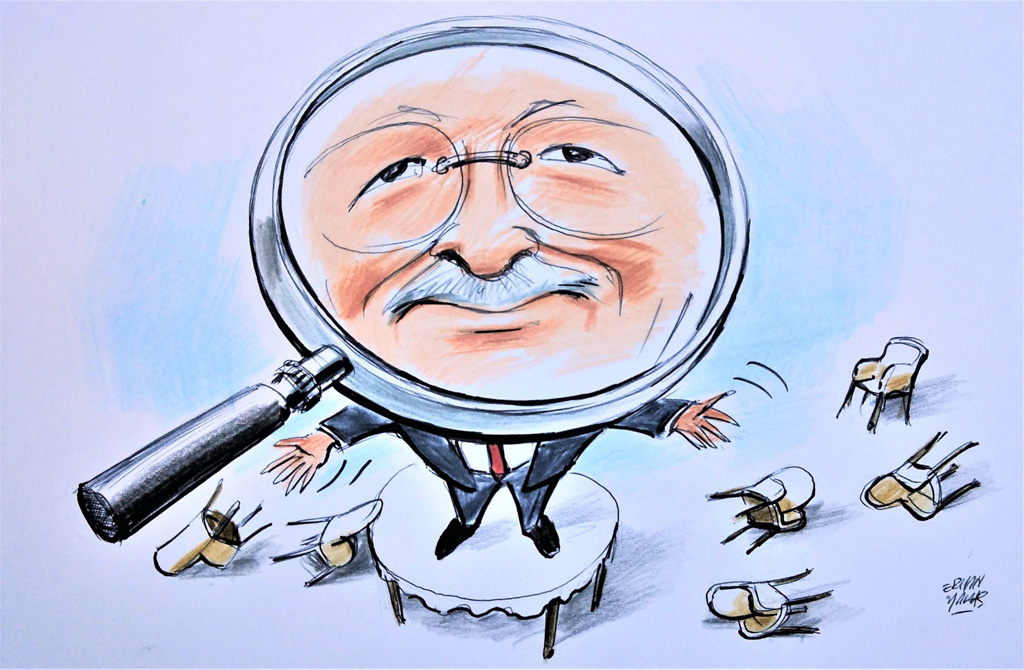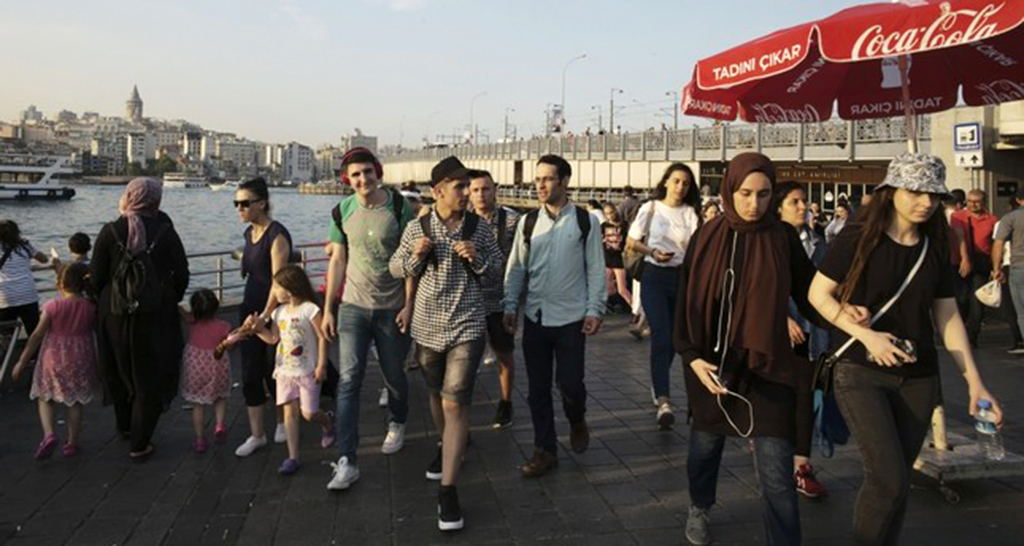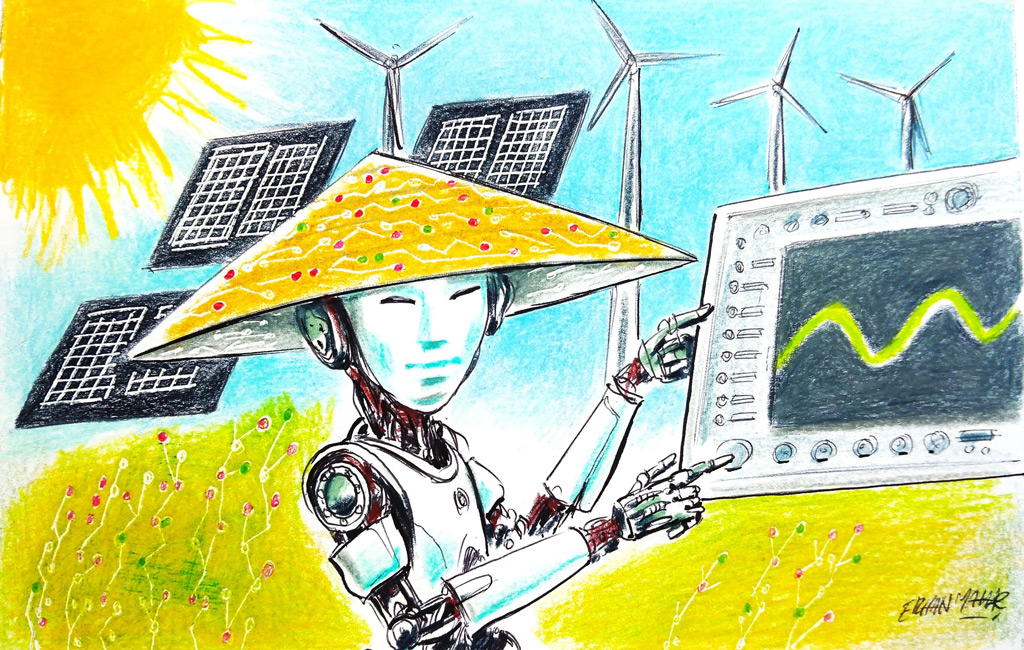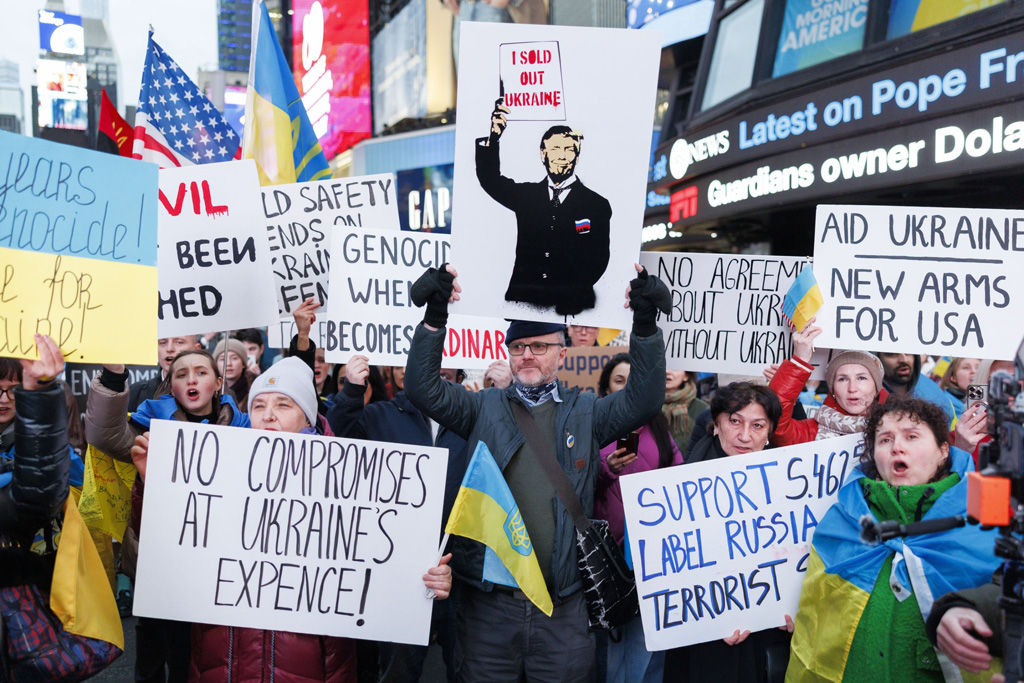Protests at Taksim Gezi Park evolved into nationwide demonstrations and the youth took to the streets. As the protests still continue in a few cities, Turkey has been trying to find out the dynamics behind the outcries. It seems that the public opinion and political circles will be preoccupied by this quest of understanding for quite a long time.
Leaving aside the romanticism of revolution and environmentalist myths that people protect their city; one should underline, above all, that people do not normally take to the streets and that particularly the youth are out on the streets due to some unusual dynamics. For short, it is quite unusual to see people on the streets. Then, one should carry out more restrained, serious and structural analyses on the dynamics rather than superficial analyses that save the day.
There is not any disagreement on the reasons why the demonstrations evolved into a social eruption. The brute force applied by the Police against the protesters, who intended to raise environmental awareness, and the government’s failure to correctly analyze the protests and to hear them led to a social eruption. Briefly, environmental awareness, police violence and the misinterpretation and indifference of the ruling party are the main dynamics that provoked a burst of rage.
HOW TO SEPARATE THE BURST OF RAGE FROM THE ACCUMULATED RAGE
More than ten days have passed since the beginning of the Gezi protests; however, we still discuss how this social outburst took place. Everyone seems to agree that the only reason lying behind the current situation is the strong language of the Prime Minister. In this sense, we read and hear opinions that can be analyzed under political psychology. But in fact, it is necessary to analyze the protests also from the perspective of sociology, political science and political sociology. In other words, it is needed to differentiate the burst of rage from the accumulated rage and carry out more restrained and structural analyses in order to understand why the youth poured into the streets. Police violence and the strong language of the Prime Minister might have provoked the burst of rage but these two reasons fail to provide an explanation as to how this rage has accumulated.
Masses are inclined to take to the streets when they become victims and when they feel that they are unable to express this mistreatment in political arena. The key elements here are the feeling of mistreatment and the despair and hopelessness that these people are unable to voice this through political means. The feeling of being victimized is related to the discourse and policies of the governing party while the feeling of despair that concerns and complaints are not expressed through political channels is related to the performance of the opposition.
The ruling Justice and Development Party (AK Party), in the last decade, has received more support from some groups of the society owing to its discourse and policies while it has dissatisfied some others. The AK Party’s initiatives to meet the demands of its grassroots such as democracy, freedom, recognition of identities, active foreign policy, and religious-conservative life style provoked disappointment, dissatisfaction and anger among some other social groups.
Indeed in every normal-functioning democracy, the governing party may “miss” the demands and complaints of some groups. Complaints and demands, which are not included within the scope of the executive, are expressed through other channels. These channels consist of the institutions which balance the executive, the civil society organizations and/or political opposition groups or parties in opposition that bring complaints on the political agenda. These mechanisms prevent the alienation of the groups, victims of the policies and discourses of the party in power, as long as they control and balance the executive.
However, the predictions that the AK Party will continue to be in power and receive support, the fact that the AK

